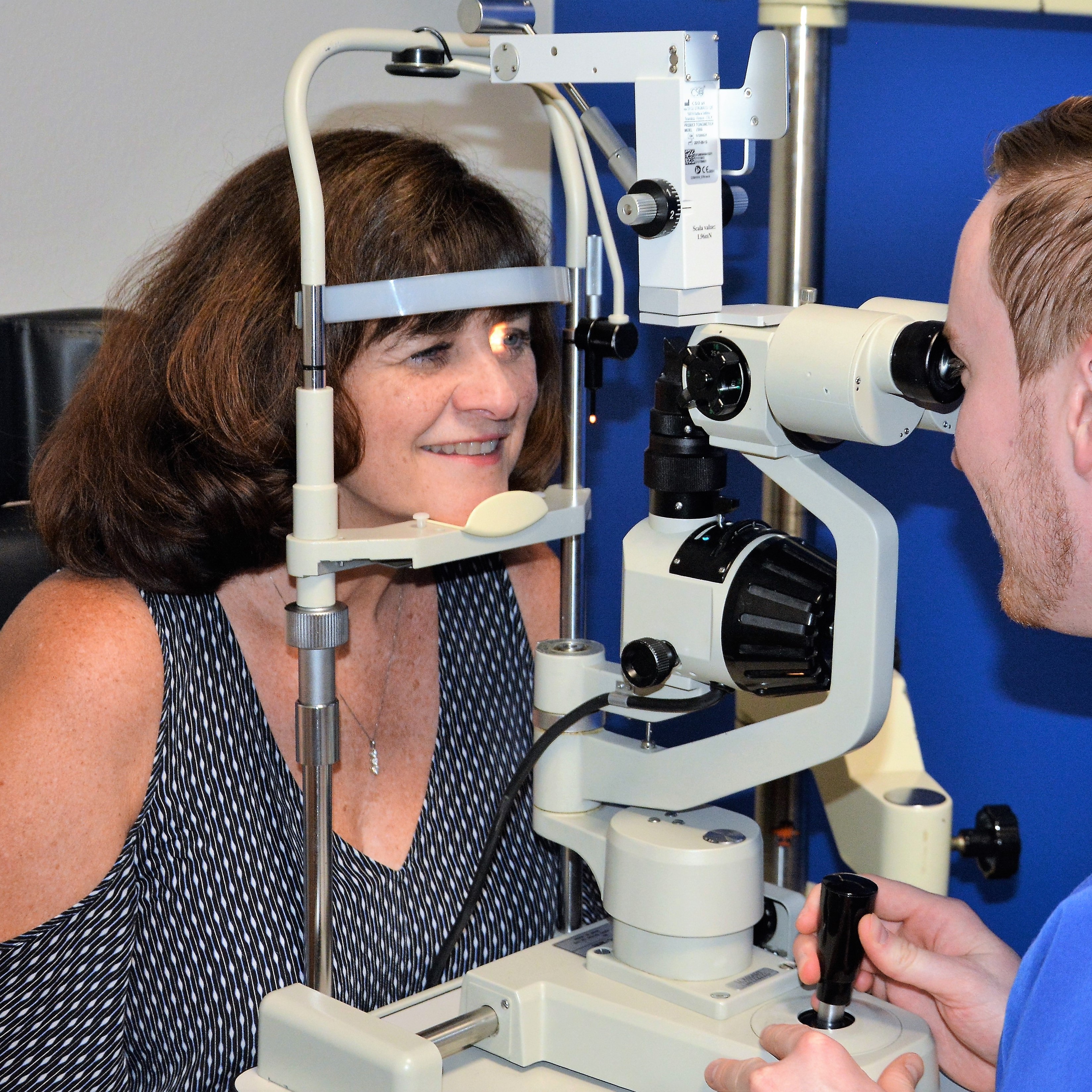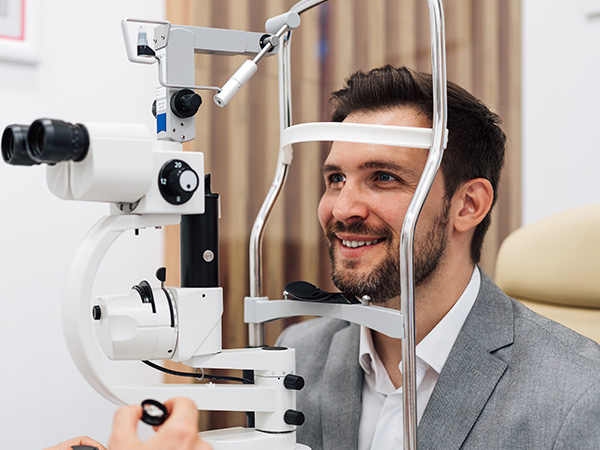
Chronic dry eye syndrome is a common condition that affects millions of people, causing discomfort, blurred vision, and even long-term damage to the eye surface if left untreated. While over-the-counter lubricating drops can offer temporary relief, many patients require a more targeted and sustained treatment approach.
How Prescription Eye Drops Help
Prescription eye drops are designed to do more than just lubricate the eyes. Depending on the type, they can help reduce inflammation, increase tear production, and protect the ocular surface. These drops are often a key part of managing chronic dry eye syndrome, especially when over-the-counter solutions are no longer effective.
One category of prescription drops includes anti-inflammatory medications such as cyclosporine (Restasis) and lifitegrast (Xiidra). These drops work by reducing inflammation on the surface of the eye, which in turn encourages the eyes to produce more natural tears. For patients experiencing more severe flare-ups, corticosteroid eye drops may be prescribed for short-term use to manage inflammation quickly and effectively.
These treatments are typically recommended following a thorough eye exam and diagnosis. When used appropriately, prescription eye drops can significantly improve comfort, reduce irritation, and enhance visual clarity over time.
When to Consider Advanced Treatment Options
While prescription eye drops are highly effective for many patients, they may not be enough on their own for individuals with more advanced or persistent dry eye disease, especially when meibomian gland dysfunction (MGD) is present. MGD is a common underlying cause of evaporative dry eye and occurs when the oil-producing glands in the eyelids become blocked or dysfunctional. At Eye Trends Southlake, we evaluate each patient's condition thoroughly and may recommend advanced therapies when prescription drops do not provide sufficient relief. These options include:
Intense Pulsed Light (IPL) Therapy: This light-based treatment targets inflammation and improves the function of meibomian glands, which are often blocked in patients with dry eye.
Low Level Light Therapy (LLLT): A noninvasive treatment that uses LED-generated light to stimulate healing and reduce inflammation in the eyelids and surrounding tissues.
Eyelid Micro Exfoliation: This in-office procedure cleans the eyelid margins, removing debris and bacteria that can contribute to gland blockages and inflammation.
Punctal Plugs: Tiny devices inserted into the tear ducts to prevent tear drainage, allowing natural tears to stay on the eye longer.
Scleral Lenses: Large-diameter contact lenses that vault over the cornea, providing a protective reservoir of fluid to keep the eye surface moist throughout the day.
Amniotic Membrane Treatment: Biologic tissue applied to the eye surface to promote healing and reduce inflammation in more severe cases.
Choosing the Right Treatment Plan
At Eye Trends Southlake, we understand that dry eye is not a one-size-fits-all condition. Each patient’s case is unique, which is why we offer a personalized treatment approach. Whether you are newly experiencing symptoms or have been struggling with dry eye for years, Dr. Chris Steritz is here to help you find lasting relief.
Finding Dry Eye Relief at Eye Trends Southlake
Prescription eye drops are an important first step in managing chronic dry eye syndrome, especially when symptoms are persistent or inflammation is present. However, if drops alone are not enough, it may be time to explore advanced treatment options that address the root cause of the condition. Dr. Steritz and our team are dedicated to helping you restore comfort and protect your long-term eye health.
Schedule a dry eye evaluation with Eye Trends Southlake and let us help you find the right solution for lasting relief. Call (817) 900-EYES (3937) or visit our office in Southlake, Texas, to book an appointment today.





